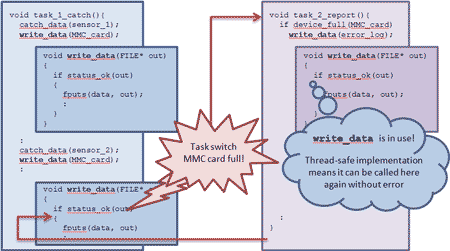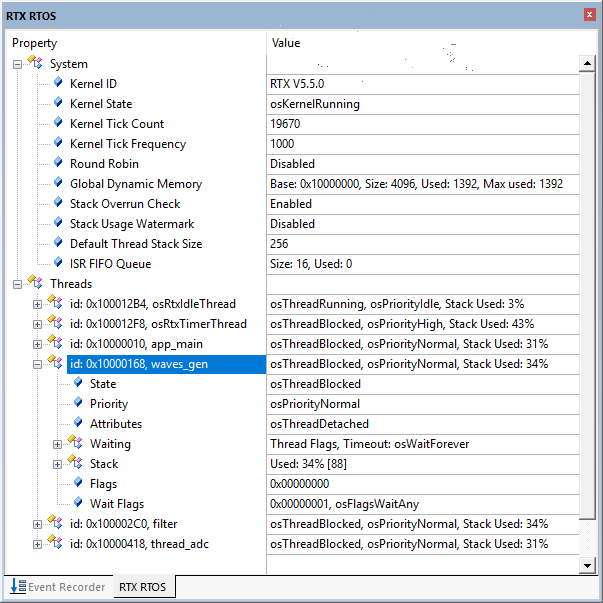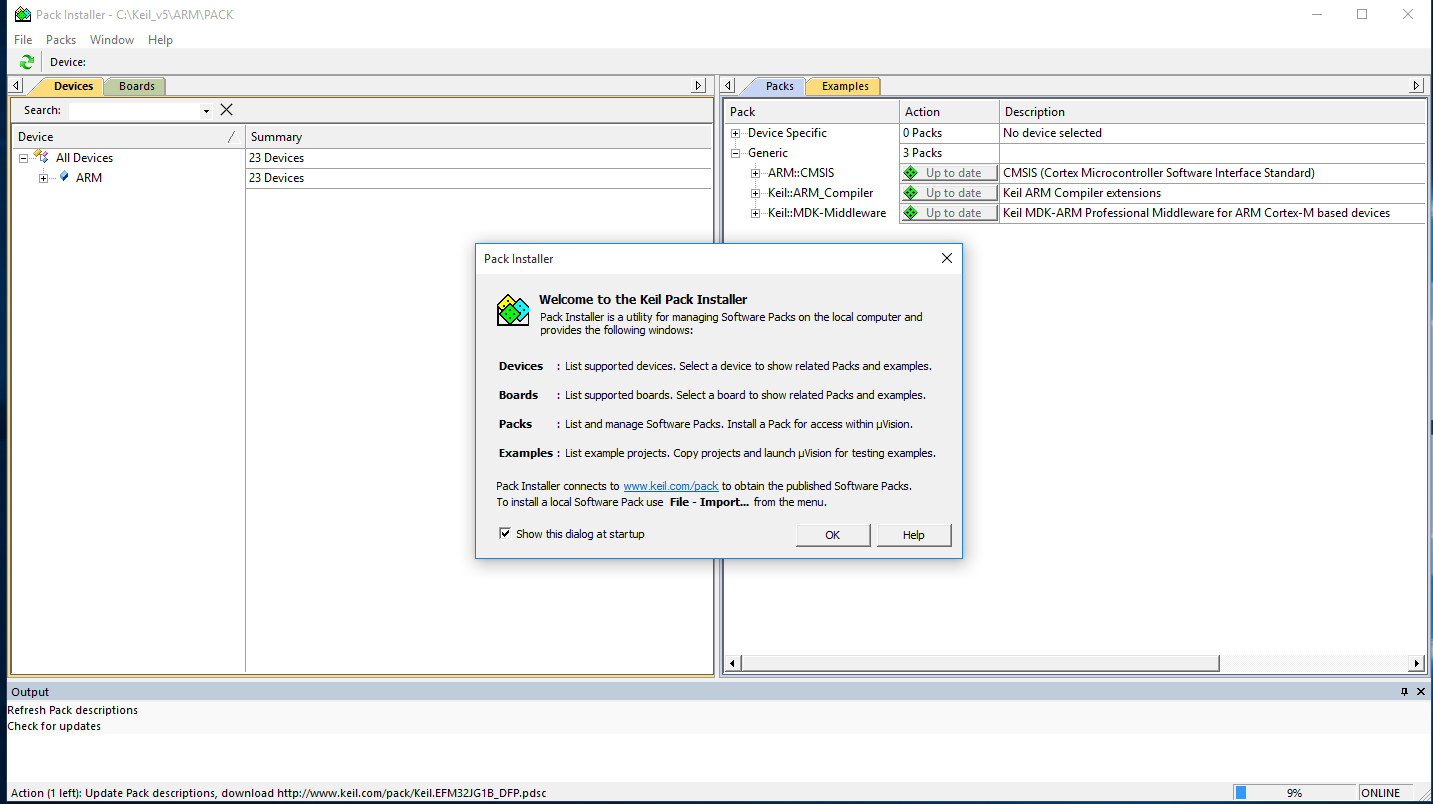

- #How to use rom variable in keil mdk arm how to
- #How to use rom variable in keil mdk arm drivers
- #How to use rom variable in keil mdk arm driver
The Keil RTX port is activated by setting GFX_USE_OS_KEIL to TRUE in the configuration file. For Keil µVision users it might be interesting to use the Keil RTX RTOS. ΜGFX can run either BareMetal or with any underlying operating system.
#How to use rom variable in keil mdk arm driver
#How to use rom variable in keil mdk arm drivers
However, adding any other uGFX drivers for displays, touchscreen, audio and so on is exactly the same.
#How to use rom variable in keil mdk arm how to
The following is an example showing how to add the SSD1289 driver to the Keil project.

#include "gfx.h" int main ( void ) Adding Driversĭrivers are being added by adding the drivers directory to the compiler include path and adding the driver source file(s) to the uGFX group directory in the project tree. is the path to the current directory).Īt this stage you have successfully added the µGFX library to an existing Keil µVision project and you should be able to compile without any errors after including #include and calling gfxInit() in your main() code. In this case we placed the configuration file in the top-level project directory so we simply add the project directory to the include paths (. Note that this file also needs to be added to the Include Paths.

For detailed information about all available configuration settings, please see configuration. The last thing to do is copying the from the uGFX library directory to the Keil project and renaming it to gfxconf.h. The path needs to be added to the Include Paths. This is done in the C/C++ tab of the Target Options dialog. Next, we need to add the top level uGFX library directory to the compiler include path. Inside that newly create group we have to add the gfx_mk.c file which can be found in the src directory of the ugfx library. As this folder will contain some of the uGFX source files, we'll name it ugfx. We start by creating a new group in the project tree on the left side by right-clicking on the project top level folder and selecting Add Group. For more information, see Integrate uGFX. Therefore, we'll use the single-file technique to add µGFX to an existing Keil project. Keil µVision doesn't support using Makefiles. We recommend using the following structure: Therefore, the µGFX library directory needs to be somewhere near the project directory. Unfortunately Keil µVision doesn't really support a way of defining variables. You don't need to use the Professional version. Mason, 2014 Keil uVision v5 Assembly Guide: Assembly Code Creation and Simulation An introduction to the Keil MDK-ARM v5.1 Integrated Development Environment (IDE) and guide to building and simulating ARM assembly programs for the Freescale Freedom KL25Z development board ECE331 Professor Andrew Mason Michigan State. Note: The same guide applies for all Keil µVision versions.


 0 kommentar(er)
0 kommentar(er)
